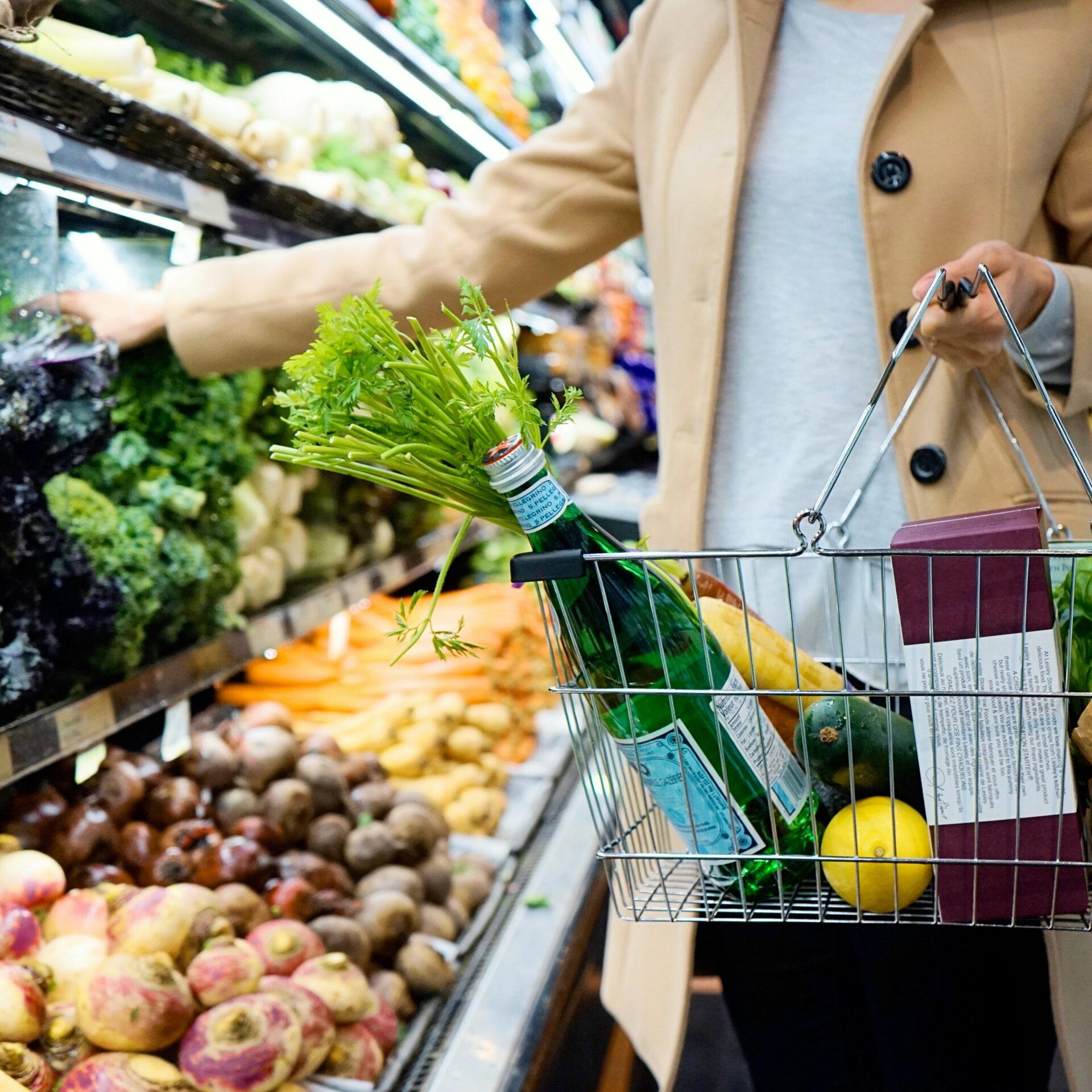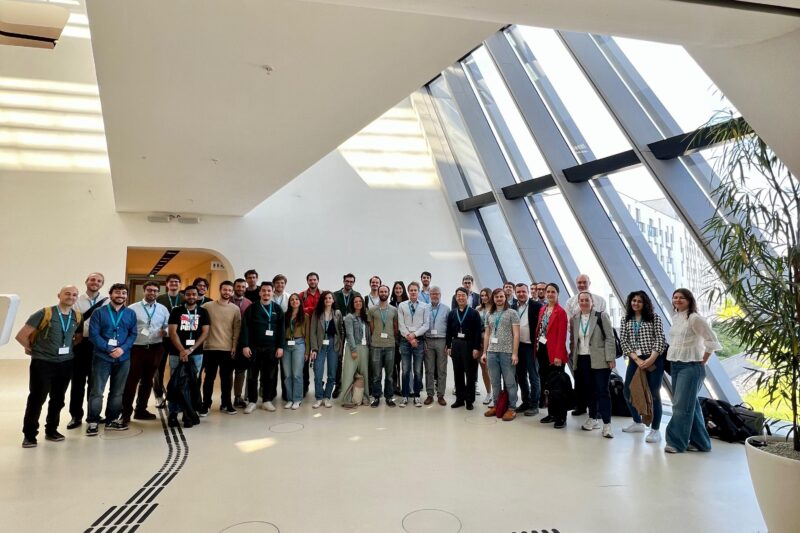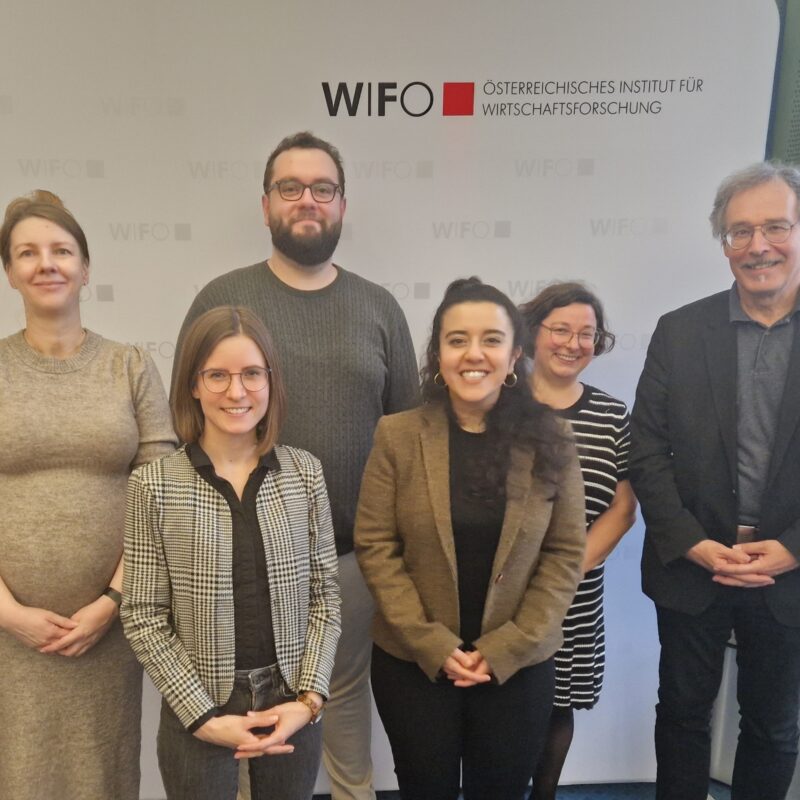
A Short-term Forecast of Price Changes for Food and Beverages in Austria
As food is a basic commodity, it must not only be available in sufficient quantities, but also affordable. Since the second half of 2021, there has been a noticeable increase in the price of food, with double-digit rates of change between June 2022 and July 2023 compared to the same month in the previous year. This was caused, on the one hand, by higher costs for raw materials and energy sources and high prices for agricultural goods, which were accompanied by higher profits in agriculture and forestry.
Especially households with (very) low incomes are facing enormous challenges when it comes to meeting the costs of everyday life. In Austria, food and beverages were 11½ percent more expensive in 2023 than in the previous year. In comparison to headline inflation, which was significantly higher in Austria than the eurozone average, food prices in Austria rose more slowly in 2022-23 compared to the eurozone average and Germany.
WIFO has developed a new forecasting model to predict price changes for food and beverages over the next 12 months. A large number of potentially explanatory variables (such as prices for agricultural commodities, wholesale prices, other consumer prices, wages, exchange rates and financial market conditions as well as price expectations of market participants) are used in various combinations with the help of time series models (including ARIMA, regularized regressions), regression trees and machine learning methods for five subcomponents of food (plant, animal and mixed) and beverage prices (non-alcoholic and alcoholic) to creat forecasts and determine their respective forecast quality. In order to further increase forecast accuracy and reduce forecast uncertainty, all forecasts are combined according to their respective quality for each forecast horizon (1 to 12 months) to form a mean (median) forecast.
According to the most suitable models, an average inflation rate for food and beverages of 5¼ percent is expected for 2024 as a whole (plant-based foods +6½ percent, animal-based foods +4 percent, mixed foods +5¾ percent and non-alcoholic beverages 5½ percent and alcoholic beverages +5 percent. A marked decline is expected for all sub-aggregates over the course of 2024.
Policy Brief 1 on the research project "Robust Supply Chains in the Agricultural and Food Sector"
This policy brief is part of a series of studies that have been produced as part of the research project "Robust value chains in the agricultural and food industry" on behalf of the Federal Ministry of Agriculture, Forestry, Regions and Water Management (BMLFRW) and are dedicated to the topics of agriculture, the agricultural and food industry and security of supply.
The individual studies can be found here.
Publications
Please contact




















